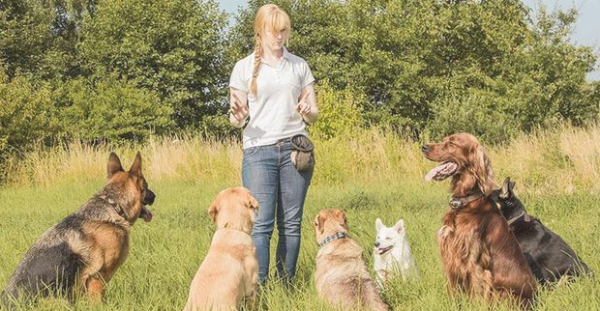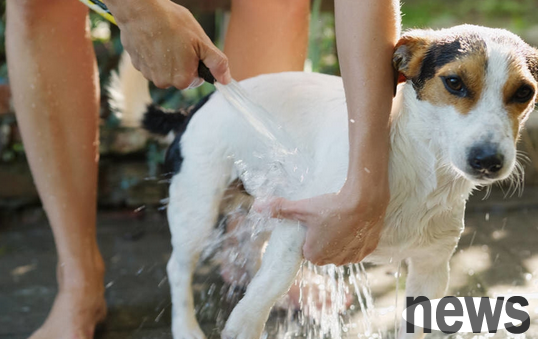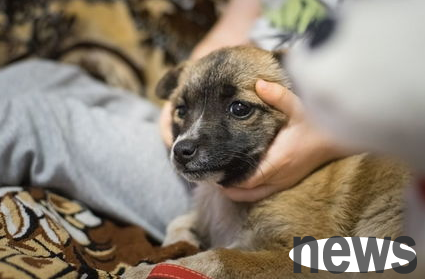How to make children and dogs get along well
For the growth of children, having a dog accompanying them has many benefits, which can increase the child's sense of responsibility and become more proactive in communication and sunshine and happy.
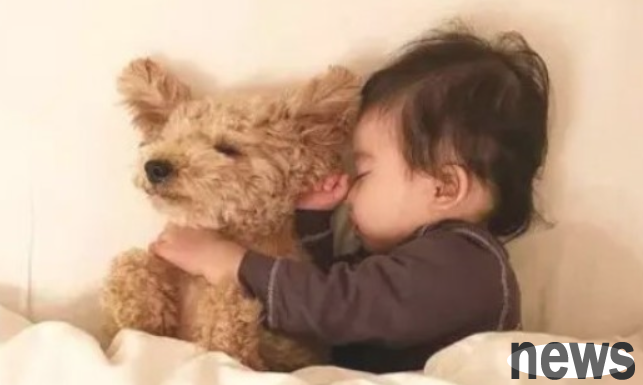
Dogs are cute, but their social language is different from ours. Sometimes dogs behave unpredictably, which is important for pet owners with children. Although many dogs are already very friendly, in families with children and dogs, I suggest that some safety rules should be followed.
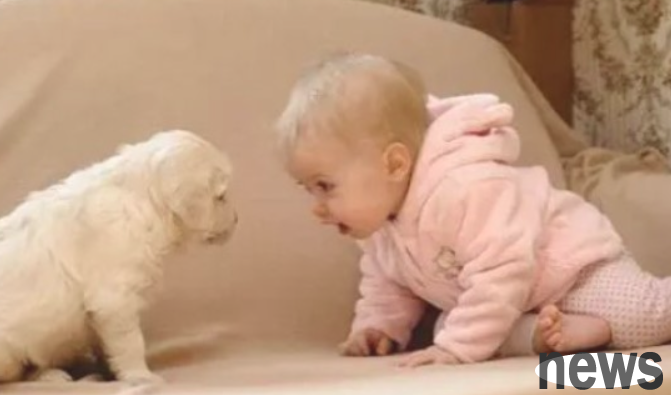
Research data from foreign countries show that 77% of children were bitten from pet dogs their children knew. This may be related to the dog's lack of proper training and teaching, and many times, it is also because it is not guided to communicate and play with the dog. Children's behaviors may exceed the dog's patience. If you are a current or future pet owner and have small children at home, or your child lives in a community where dogs often encounter. Please be sure to read these suggestions I gave today to ensure that children and dogs can get along happily and harmoniously.
Bites by dogs will not only happen to familiar pet dogs, but also to strange dogs. Therefore, when your child approaches someone else's dog, he should always ask the owner for permission. Under the introduction and guidance of the owner, children are allowed to touch the dog and have intimate behavior with the dog. This process is essential and will make the dog think that the children are not threats but partners. No dog owner wants to see his dog hurt a child. If the dog has a bad temper, it will reject the children's request. Children approach strange dogs without permission, or kicking and hitting dogs out of fear or disgust of dogs is a common problem that pet owners often face, especially in public spaces such as parks and communities. This has led to complaints from many parents and pet owners.
Most animals are instinctively able to recognize signals to face and eyes. Different species respond differently to body language and facial signals, and for dogs, staring into both eyes means someone is challenging them. This is a way for dogs to establish dominance and will anger them. We can tell children to avoid staring at the dog with wide eyes, but instead look at the dog's body or nose, etc., and should not maintain continuous eye contact with the dog.



